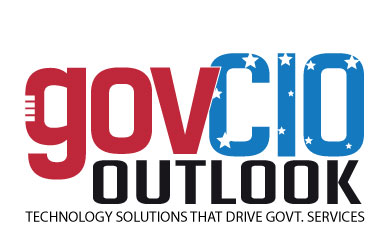Welcome back to this new edition of Gov CIO Outlook !!!✖
MARCH 20248GOVERNMENT CIO OUTLOOKIN MYOPINIONCOMMUNITY RESILIENCEKristin Weivoda, Chief of Emergency Services, County of Yolo, Office of Emergency ServicesBye all know that emergency management is critical to ensuring public safety and well-being during times of crisis. However, emergency management strategies have changed very little over the years, and we often need to remember to address social and health equity issues that exacerbate our community's vulnerabilities. It is our time as emergency management leaders to bridge this gap between emergency management and social and health equity, shedding light on the disparities that can arise and the importance of inclusive and equitable practices in preparing our communities.Communities are not uniform; social factors can shape their vulnerabilities during emergencies. Low-income neighborhoods, for instance, may lack the resources to adequately prepare for disasters, leaving residents more susceptible to the adverse impacts of crises. Additionally, marginalized groups such as racial and ethnic minorities, LGBTQ+ individuals, and persons with disabilities may face unique challenges in accessing emergency services and resources. Over the years, we have addressed these disparities in our plans but have failed to engage with our communities.All emergency managers can highlight the social and cultural disparities and assess functional needs within their communities and the increased challenges faced during a disaster or large-scale emergency. But what are we all doing to address it?One approach is a Neighborhood Ready program, like the Neighborhood Watch Program, a community-based approach that empowers residents to participate actively in emergency preparedness. Establishing community resilience programs, training local leaders, and fostering a sense of collective responsibility can strengthen a community's ability to respond to emergencies. This grassroots approach is particularly effective in addressing marginalized groups' specific challenges, as it recognizes and leverages local knowledge and resources. But this wKristin Weivoda
< Page 7 | Page 9 >
< Page 7 | Page 9 >
